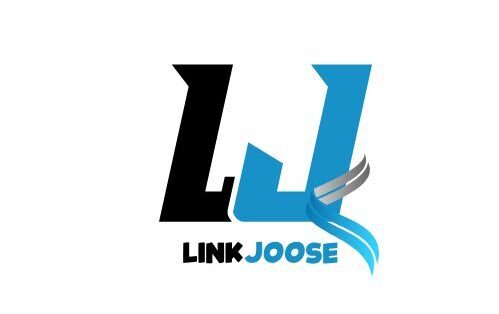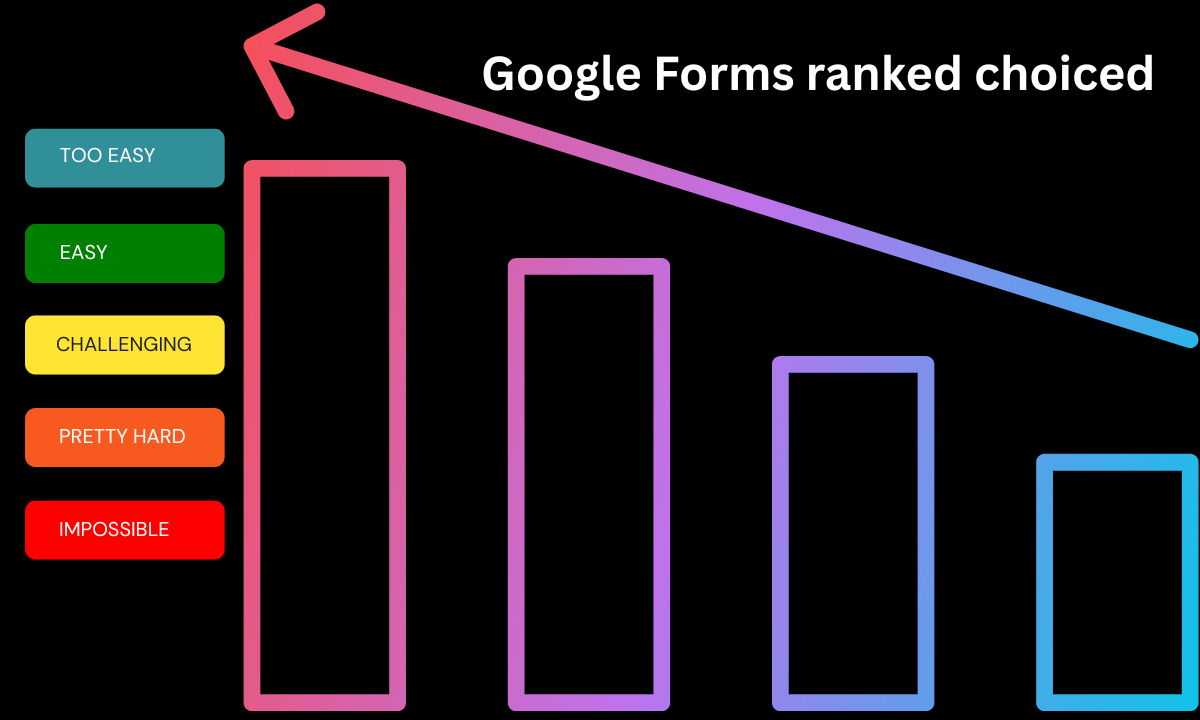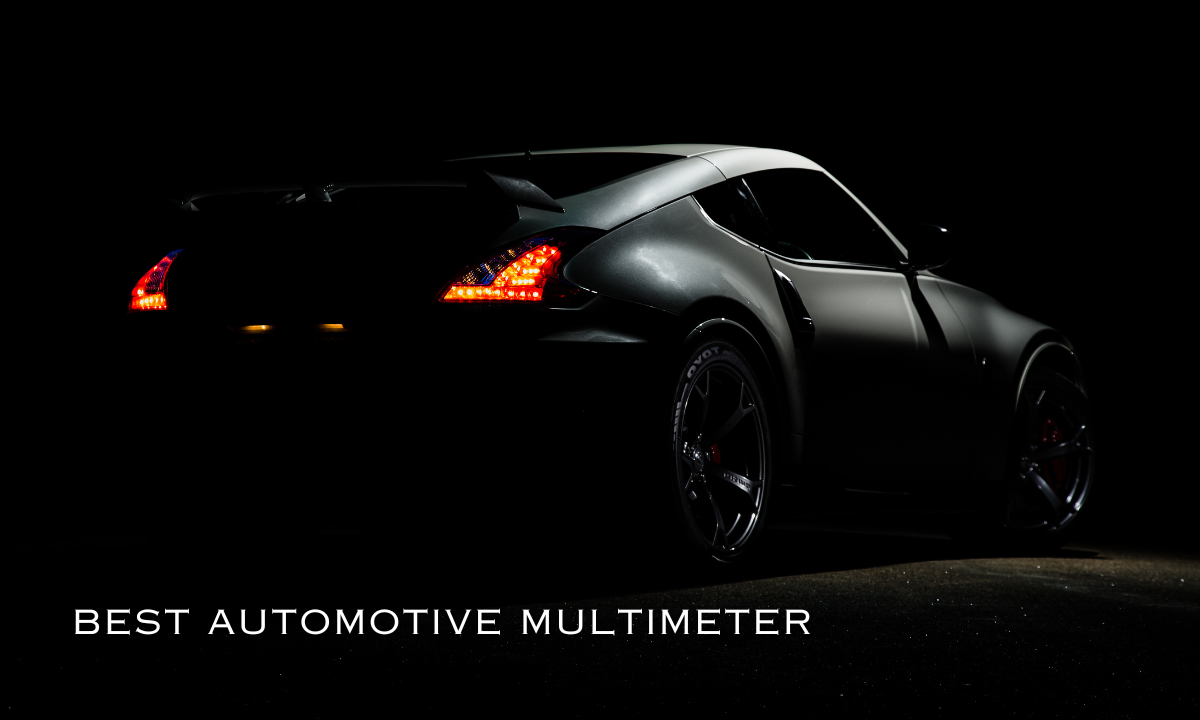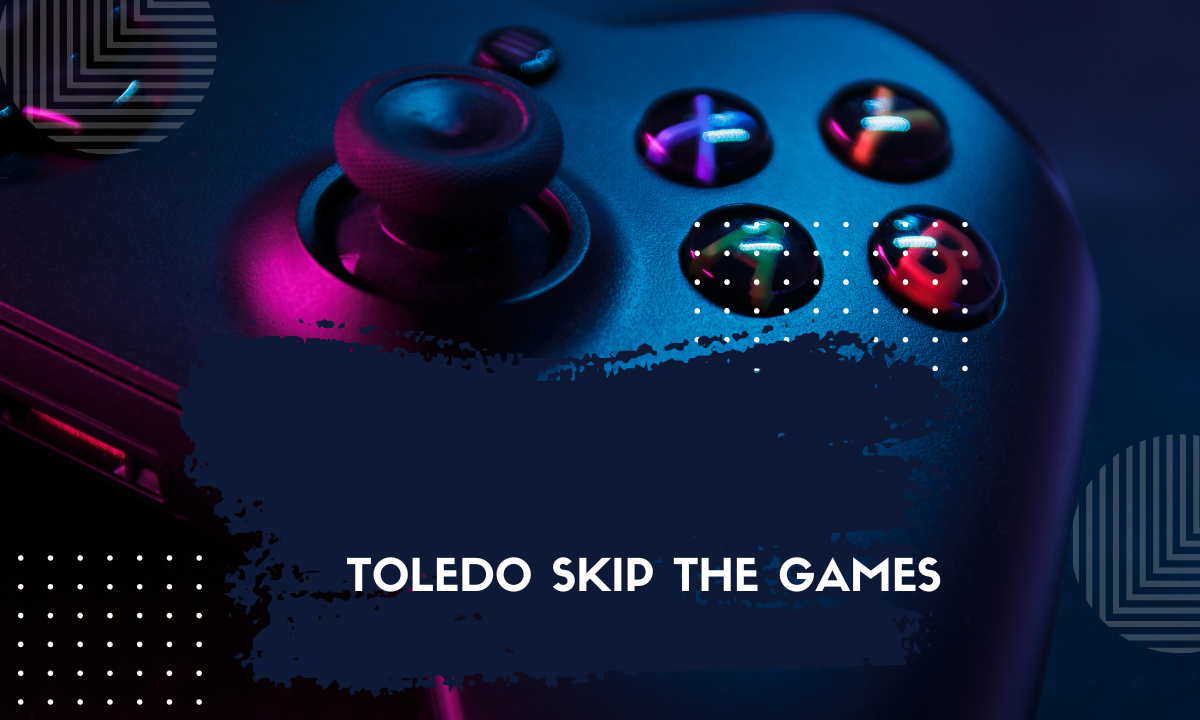What is fashion monograms?
Fashion has always been about self-expression, identity, and creativity. Among the countless elements that define personal style, fashion monograms have emerged as a unique and timeless trend. From luxury labels to personalized accessories, monograms serve as symbols of sophistication, individuality, and exclusivity. This article delves into the rich world of fashion monograms, exploring their history, cultural significance, evolving trends, and their enduring place in the fashion industry.
The Origins of Fashion Monograms
The concept of monograms dates back to ancient civilizations, where they were used to signify authority and ownership. Historical records suggest that the Greeks and Romans first used monograms on coins to identify rulers or cities. Over time, monograms transitioned from being mere symbols of governance to becoming a form of personal branding.
During the European Renaissance, monograms became a mark of aristocracy and prestige. Royal families used intricate monogram designs on everything from linens to silverware, establishing their status and legacy. As the centuries passed, monograms extended into the fashion world, where they gained recognition as a symbol of luxury and individuality.
The Role of Monograms in Modern Fashion
In the contemporary fashion landscape, monograms represent more than just initials or symbols. They are a blend of artistry and branding, reflecting a designer’s creativity and a consumer’s personal identity. Many high-end brands have adopted monograms as a core part of their identity. For example:
- Louis Vuitton: The iconic LV monogram is instantly recognizable and synonymous with luxury.
- Gucci: The interlocking GG motif has become a hallmark of sophistication.
- Chanel: The overlapping CC monogram remains one of the most sought-after designs in the world of fashion.
- Fendi: Known for its FF pattern, Fendi has incorporated monograms across a wide range of products.
Monograms serve dual purposes in fashion. On one hand, they enhance a brand’s identity, making products easily recognizable. On the other, they offer customers a sense of exclusivity, especially when personalized monograms are available.
Personalization and the Appeal of Monograms
One of the reasons monograms have maintained their relevance in fashion is their ability to cater to the growing demand for personalization. In a world where individuality is highly valued, people are drawn to items that reflect their unique personalities. Monogramming offers this opportunity by allowing consumers to customize their clothing, accessories, and other fashion items with their initials or bespoke designs.
From embroidered initials on shirts to engraved monograms on jewelry, the possibilities for personalization are endless. This trend is particularly popular in:
- Wedding attire: Monogrammed handkerchiefs, veils, or even wedding shoes add a sentimental touch.
- Corporate gifting: High-end leather goods with embossed monograms make for thoughtful and luxurious gifts.
- Everyday accessories: Items like wallets, tote bags, and phone cases are commonly adorned with personal monograms.
The process of creating personalized monograms often involves a collaboration between the customer and the designer, making the final product even more special.
Monograms as a Luxury Statement
In the realm of luxury fashion, monograms have become a status symbol. Owning a piece with a recognizable monogram is often associated with exclusivity and prestige. This is especially true for iconic designs like Louis Vuitton’s monogrammed luggage or Gucci’s GG belts, which have become aspirational items for many.
The allure of monograms in luxury fashion also lies in their timelessness. Unlike fleeting trends, monograms offer a sense of permanence. They transcend seasonal collections, remaining relevant and desirable year after year. This enduring appeal has made monograms a staple for many high-end brands.
The Craftsmanship Behind Fashion Monograms
The creation of fashion monograms requires exceptional craftsmanship and attention to detail. Whether it’s an embroidered design on fabric or an engraved motif on leather, the process involves skilled artisans who bring the designs to life.
For luxury brands, maintaining the quality of monograms is paramount. This often involves:
- Hand-stitching: Embroidered monograms are meticulously crafted using fine threads and intricate techniques.
- Embossing and debossing: These methods are commonly used on leather goods to create a three-dimensional effect.
- Printing: Advanced printing technologies ensure that monograms on fabrics retain their vibrancy and durability.
- Engraving: Jewelry and metal accessories often feature monograms created through precision engraving.
The meticulous process behind fashion monograms not only enhances their aesthetic appeal but also adds to their value and exclusivity.
Monograms in Everyday Fashion
While monograms are often associated with luxury, they have also found their way into everyday fashion. Many affordable brands now offer monogramming services, making this once-exclusive feature accessible to a wider audience.
For casual wear, monograms are often subtle, such as small initials embroidered on a shirt pocket or a monogrammed patch on a denim jacket. They can also be playful and creative, featuring bold colors and unique fonts that reflect the wearer’s personality.
The rise of online customization platforms has further democratized monograms, allowing individuals to create their own designs and have them applied to various items. This has made monograms a popular choice for those looking to add a personal touch to their wardrobe.
Evolving Trends in Fashion Monograms
Fashion monograms have evolved significantly over the years, adapting to changing tastes and trends. Some of the recent developments include:
- Minimalist Designs: Modern monograms often feature clean lines and simple typography, appealing to the minimalist aesthetic.
- Monogram Patterns: Instead of single motifs, repeating monogram patterns are being used on clothing, handbags, and accessories.
- Bold Colors: Contemporary monograms are experimenting with vibrant hues, breaking away from traditional monochromatic designs.
- Sustainability: Eco-conscious consumers are opting for monogrammed items made from sustainable materials, such as organic cotton or vegan leather.
- Tech Integration: Some brands are incorporating monograms into smart fashion items, such as monogrammed smartwatch bands or tech cases.
These trends highlight the adaptability of monograms, ensuring their continued relevance in the ever-changing world of fashion.
Cultural Significance of Monograms
Beyond their aesthetic appeal, monograms hold cultural significance in many societies. In Western traditions, monograms are often associated with heritage and lineage, symbolizing family ties and legacy. In Asian cultures, monograms can carry deeper meanings, incorporating symbols and motifs that represent prosperity, happiness, or protection.
Monograms also play a role in commemorating special occasions. For instance, couples often use monograms to celebrate their union, incorporating their initials into wedding decor or gifts. Similarly, monograms are a popular choice for milestone events like anniversaries or graduations.
The Future of Fashion Monograms
As fashion continues to embrace personalization and innovation, the future of monograms looks promising. Advances in technology, such as 3D printing and AI-driven design tools, are opening new possibilities for creating intricate and customized monograms.
Moreover, the growing emphasis on sustainability is likely to influence the materials and methods used for monogramming. Brands may adopt eco-friendly practices, such as using biodegradable threads for embroidery or recycling materials for monogrammed products.
The enduring popularity of monograms also suggests that they will continue to be a key element of luxury branding. As brands seek to connect with consumers on a more personal level, monograms will remain a powerful tool for fostering loyalty and exclusivity.
FAQs About Fashion Monograms
Q1: What are fashion monograms?
Fashion monograms are personalized symbols or motifs made by combining initials, names, or letters. They are often used in fashion to create unique, elegant, and identifiable designs on clothing, accessories, and other items. Monograms add a touch of luxury and individuality, often seen in high-end brands and custom designs.
Q2: How are fashion monograms different from logos?
While logos are designed to represent a brand or company, fashion monograms are often more personal, focusing on initials or names. Logos typically involve more complex designs and branding elements, whereas monograms emphasize simplicity and elegance, often limited to two or three letters.
Q3: Where can I use fashion monograms in clothing and accessories?
Fashion monograms can be applied to various items, including:
- Handbags
- Wallets
- Shoes
- Belts
- Jewelry (e.g., pendants, bracelets)
- Hats
- Embroidered clothing like shirts, jackets, and scarves
- Luggage or travel bags
They serve both as decorative and functional elements to express individuality or brand identity.
Q4: How are fashion monograms created?
Creating fashion monograms involves a combination of typography, design, and creativity. Designers use:
- Custom fonts or stylized letters.
- Design software like Adobe Illustrator or Photoshop.
- Input from the individual or brand for personalized touches.
Many professional services and brands also offer tools to create monograms for their customers.
Q5: Are fashion monograms expensive to create?
The cost of creating a fashion monogram varies depending on the complexity of the design, the material used, and the method of application. For example:
- Embroidered monograms on clothing are generally affordable.
- Metal or enamel monograms on accessories might cost more due to the materials involved.
- Custom-designed monograms for luxury goods can be significantly more expensive, especially when created by renowned designers.
Q6: Are fashion monograms suitable for casual wear?
Absolutely! Fashion monograms are versatile and can be tailored for both casual and formal wear. For casual clothing, monograms are often smaller and more subtle, such as initials embroidered on a shirt cuff. For formal wear, they may appear as bold statement designs, such as monogrammed cufflinks or pocket squares.
Q7: Can I design my own fashion monogram at home?
Yes, you can create your own fashion monogram with the help of free or paid design tools available online. Some popular platforms include Canva, Monogram Maker, and Adobe Spark. Once designed, you can take the file to a professional service for application on your chosen item.
Q8: What are some popular fashion brands known for their monograms?
Several luxury brands are known for their iconic monograms, such as:
- Louis Vuitton: Famous for its LV monogram pattern.
- Gucci: Recognized for the interlocking GG logo.
- Chanel: Known for its overlapping CC monogram.
- Burberry: Features TB monograms in honor of its founder, Thomas Burberry.
Q9: What materials are most suitable for applying fashion monograms?
The choice of materials depends on the item and method of monogramming:
- Fabric: Embroidery works well on cotton, linen, and silk.
- Leather: Debossing or embossing is commonly used.
- Metal: Ideal for engraved or die-cast monograms.
- Plastic: Used for printed or molded monograms on accessories like handbags.
Q10: Are monograms a trend or a timeless style element in fashion?
Fashion monograms are timeless. While they experience periods of heightened popularity, their association with luxury, personalization, and sophistication ensures they remain a staple in both modern and classic fashion.
Q11: How do I ensure my fashion monogram is unique?
To create a unique fashion monogram:
- Combine custom fonts with creative layouts.
- Avoid using generic designs or commonly used initials.
- Incorporate personal or meaningful elements, like symbols or motifs.
- Work with a professional designer for a bespoke touch.
Q12: Are monograms limited to luxury fashion?
Not at all! While luxury brands popularized monograms, they are now accessible to anyone. From small boutique shops to DIY projects, monograms have become a universal style feature suitable for all budgets.
Q13: Can fashion monograms be used for gifting?
Yes, monograms make excellent personalized gifts. Whether it’s a monogrammed wallet, scarf, or tote bag, these gifts add a thoughtful and unique touch to any occasion, making them highly valued by recipients.
Q14: Are there any rules for designing fashion monograms?
There aren’t strict rules, but common guidelines include:
- Keeping the design simple for readability.
- Using a balanced layout (e.g., interlocking letters).
- Ensuring the colors and fonts match the item or brand aesthetic.
- Aligning the monogram’s size with the item it’s being applied to.
Conclusion
Fashion monograms are more than just design elements—they are personal statements that blend individuality, elegance, and creativity. Whether you’re seeking to elevate your wardrobe, enhance your brand’s identity, or create a meaningful gift, monograms are a versatile and timeless choice. From luxury brands to DIY enthusiasts, the appeal of fashion monograms transcends trends, offering something unique for everyone.
The beauty of monograms lies in their adaptability—they can be as subtle or bold as desired and applied to virtually any fashion item. As the demand for personalization grows, monograms continue to solidify their place in modern and classic fashion alike. By understanding their history, design potential, and application techniques, you can unlock a world of creative possibilities, making your style truly your own.















Leave a Reply